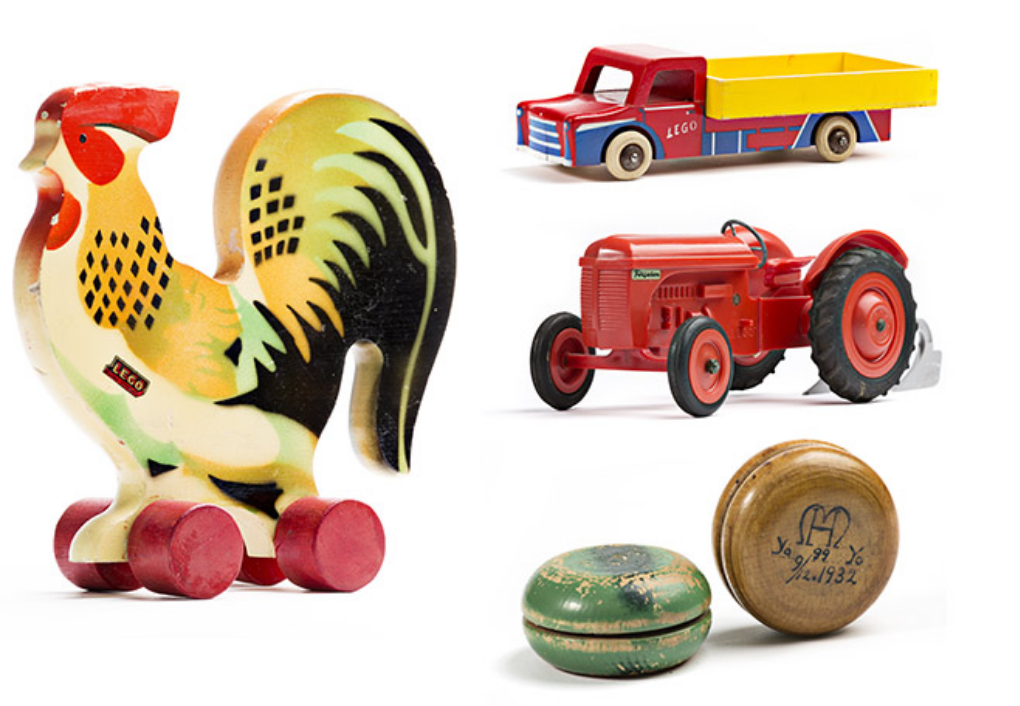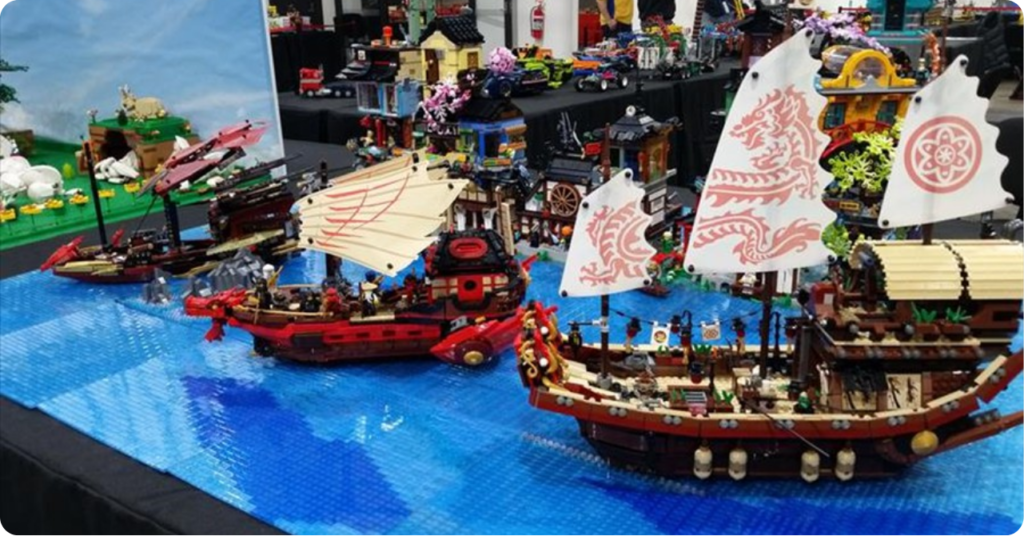Blog
The History of LEGO: From Denmark to Global Icon
The History of LEGO: Building Dreams Since 1932
The name LEGO is more than just a brand—it’s a global symbol of creativity, play, and innovation. From humble beginnings in a Danish workshop to becoming one of the most beloved toy brands in history, LEGO has been helping kids and adults alike build their imagination, one brick at a time.
The Origins of LEGO: A Humble Start in Denmark
LEGO was founded in 1932 by Ole Kirk Christiansen, a carpenter from Billund, Denmark. Initially, the company made wooden toys and household items. The name LEGO comes from the Danish words “leg godt,” meaning “play well.” Coincidentally, it also means “I put together” in Latin.
In 1949, LEGO introduced its first plastic interlocking bricks, a revolutionary concept at the time. These bricks laid the foundation (literally) for what would become a creative empire.

The Rise of LEGO: Reinventing Play Through Innovation
LEGO’s signature stud-and-tube interlocking system, patented in 1958, allowed builders to stack bricks securely and creatively. This design hasn’t changed much since, showing its timeless functionality.
Over the decades, LEGO continuously evolved by:
- Launching thematic sets like Space, Castle, and Pirates
- Creating the LEGO Minifigure in 1978
- Expanding into licensed sets (e.g., Star Wars, Harry Potter)
- Developing digital building tools and LEGO video games
- Building LEGOLAND theme parks around the world
This constant reinvention made LEGO not just a toy, but a cultural phenomenon.
Why LEGO Has So Many Fans Across Generations
LEGO’s universal appeal comes from several key strengths:
- Creativity Without Limits – Every builder, young or old, can make something unique.
- Educational Value – STEM learning through hands-on play, especially in robotics (LEGO Mindstorms).
- Timeless Design – Bricks from the 1960s still fit modern sets.
- Community Support – Strong global fan networks, conventions, and online forums.
- Cross-Generational Enjoyment – Parents and children build together, often sparking nostalgia.
LEGO has inspired countless careers in engineering, design, and architecture—proof of its deep impact on personal and professional growth.

Most Popular LEGO Sets of All Time
While LEGO has produced thousands of sets, a few stand out as fan favorites and bestsellers:
- LEGO Millennium Falcon (Ultimate Collector’s Series) – Known for its size, detail, and price tag.
- LEGO Technic Bugatti Chiron – A mechanical masterpiece for advanced builders.
- LEGO Hogwarts Castle – A dream for Harry Potter fans and collectors.
- LEGO Ninjago City – A vertical masterpiece with hidden references.
- LEGO Modular Buildings – Sets like the LEGO Creator Expert Assembly Square remain a hit with adult fans.
These sets combine intricate design, collectible value, and hours of immersive fun.
How LEGO Became a Leader in Creative Play
LEGO’s mission is simple: to inspire and develop the builders of tomorrow. The brand accomplishes this by constantly evolving its products and reaching new audiences. Key milestones include:
- LEGO Education – Used in classrooms globally to teach math, science, and engineering.
- LEGO Ideas – Crowdsourcing platform where fans can submit and vote on new sets.
- LEGO Architecture Series – Designed for adults interested in famous landmarks.
- LEGO Art & Botanical Collection – Products focused on design and home decor.
These expansions have allowed LEGO to dominate not only toy aisles, but also classrooms, offices, and living rooms.
LEGO’s Global Legacy
LEGO’s impact reaches far beyond the toy shelf. It’s a tool for learning, bonding, and creating. From childhood memories to professional modeling, LEGO has carved a legacy that few brands can match.
Whether you’re a nostalgic adult fan (AFOL), a young builder, or a parent sharing a Saturday build session with your kids, LEGO continues to be a symbol of timeless creativity.


